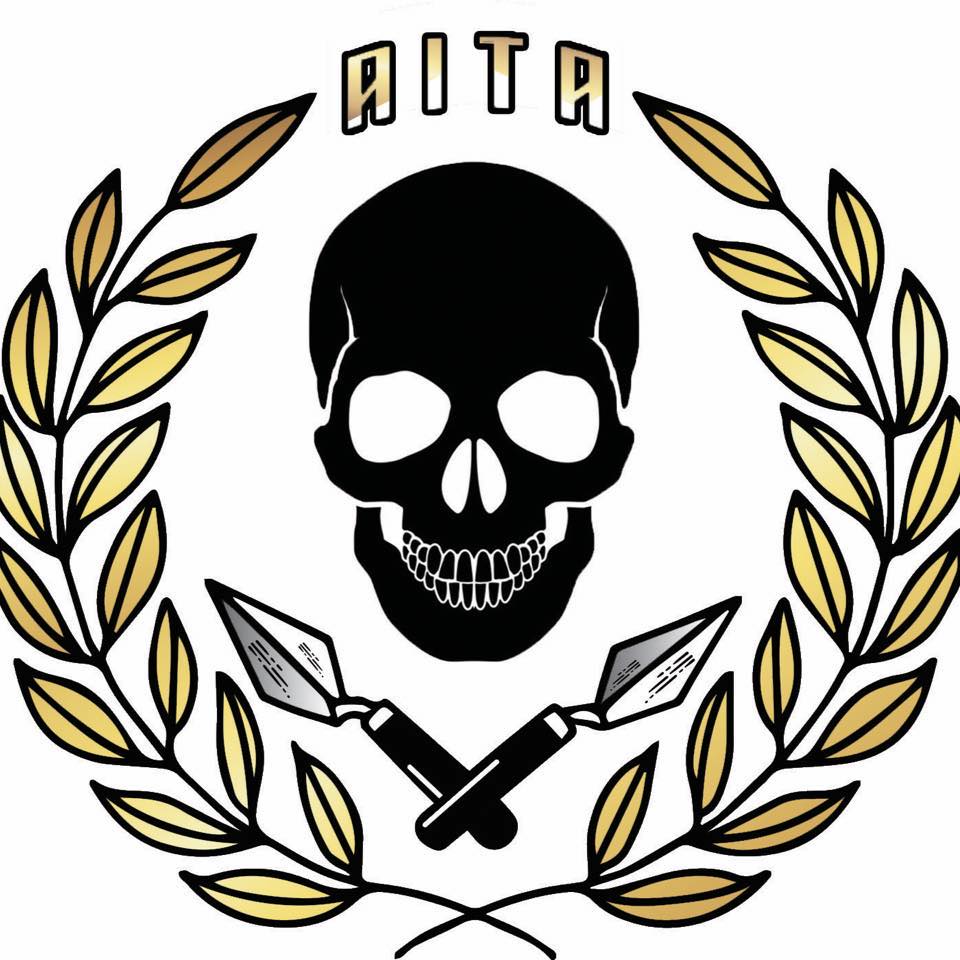Field school 2023 summary!
We are excited to share with you the outstanding achievements from our recent Field School at the Knights Templar church and Fort in Rašaška, 2023, which commenced on the 30th of July. This experience was truly a once-in-a-lifetime opportunity for all of us, and its significance will be engraved not only on our website but also in our very bones.


Our journey began on Sunday, the 30th of July, with an introductory lecture on the Knights Templar church in Rašaška, situated in eastern Croatia. This captivating session also dug into the ethical aspects of bioarchaeology and fundamental excavation techniques. This year, our program welcomed 18 enthusiastic participants from across the globe, hailing from the US, Switzerland, Australia, the UK, Slovenia, Denmark, France, and Serbia.


First Week:
Despite unfavorable weather on the first working day, we shifted our focus to engaging lectures and the study of skeleton materials in the laboratory.


The following day, on the 1st of August, marked the beginning of our field excavation activities, maintaining the same momentum throughout the week. On this very day, we uncovered our first skeletal remains, and by the end of the first week, we had excavated a total of seven individuals.


Our afternoons were dedicated to laboratory work.


As the first week drew to a close, we held a presentation of our initial findings.


However, due to unforeseen circumstances, we had to postpone our planned excursion to Castle Gradec on Sunday. Instead, we explored the nearby Franciscan monastery in Cernik, which housed an exceptional museum dedicated to biblical archaeology.


The first week’s classes covered a broad range of topics, including human burial excavation, anatomy, taphonomy, mortuary archaeology, estimation of sex and age, preservation index calculation, and the basics of pathology, as well as guidance on creating a bioarchaeological report.


Second Week:
The second week kicked off with intensified excavation efforts, resulting in an increasing number of discoveries and graves. Our summer school placed special emphasis on mortuary archaeology, recognizing the paramount importance of documenting all finds in situ. We diligently recorded measurements, took photographs, created drawings, and analyzed the relationship between the burial position, body orientation, burial artifacts, and more.


This year marked the debut of our collaboration with the Archaeological Institute in Belgrade, as we began sampling for paleoparasitological analysis.


Inspired by the popular culture movie “Barbie”, we even designed new T-shirts for our field school, adding a fun touch to our endeavors.


At the conclusion of the second week, all participants had the opportunity to present their discoveries, both from the field and the laboratory.


Sunday, the 13th, provided a well-deserved break, during which we visited the Neanderthal Museum in Krapina and the Andautonia Archaeological Park, a Roman settlement.


In the second week, we delved deeper into the subjects covered in the first week and introduced new topics such as cremation techniques, working with infant remains, commingled bone analysis, pathology, and more. We gained a profound understanding of mortuary archaeology in various contexts, exploring different funeral rites, proper excavation methods, the presence or absence of burial goods, the position of the corpse, the differentiation of collective or multiple burials, and the excavation of catastrophes.


Each week concluded with participants producing anthropological reports based on their field and lab findings.


Third Week:
Excavation activities ended on Tuesday, with a remarkable thirty graves excavated and sixteen samples collected for paleoparasitology analysis.


In the latter part of the third week, our focus shifted to laboratory work, with a particular emphasis on dental anthropology and paleopathology, led by Professor Laura González-Garrido.


As with the preceding weeks, our participants presented their work, and their dedication and accomplishments were duly recognized as they received their degrees. However, the work is far from over, as the necropolis is vast. We eagerly anticipate welcoming you next year, at the same time, for another exciting adventure.


Sincerely,
The Aita Bioarchaeology Team
